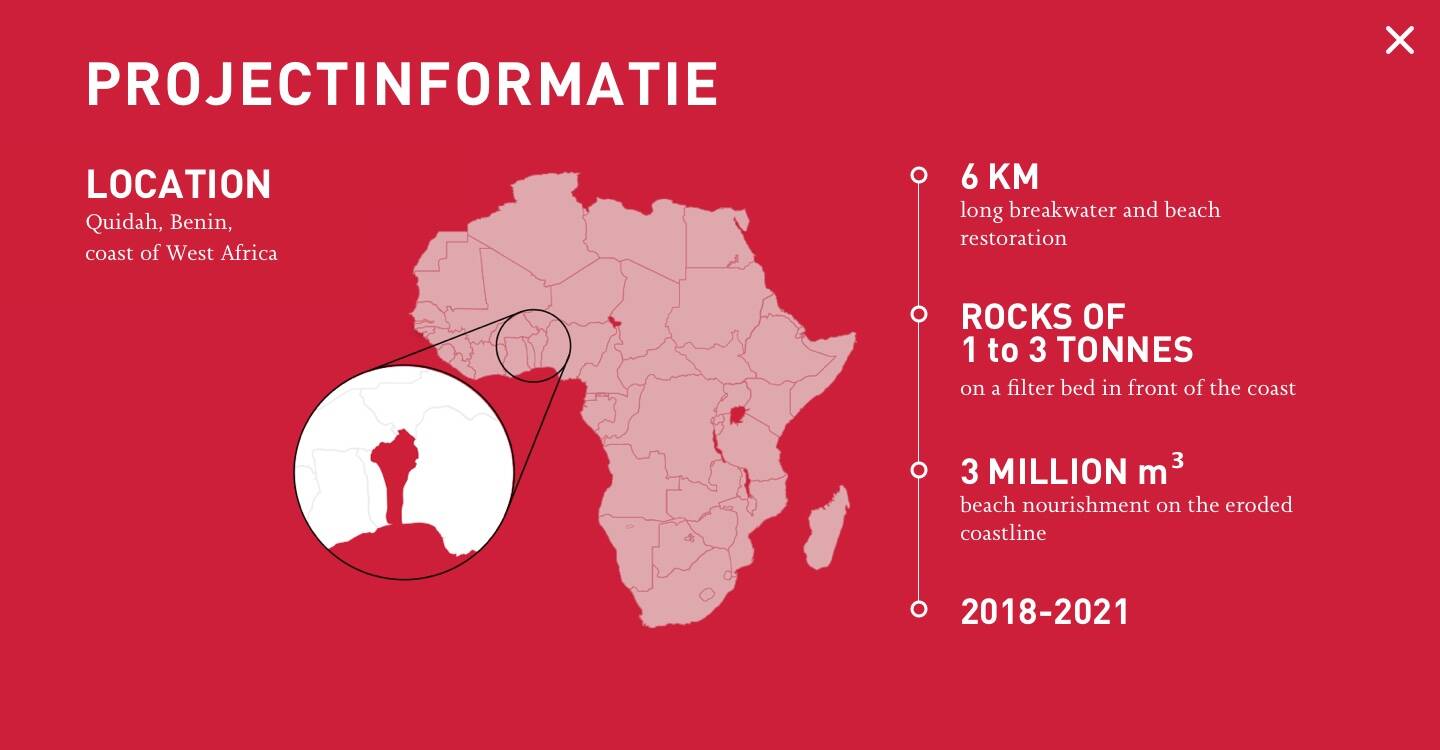GLOBALISATION IN OFFSHORE WIND
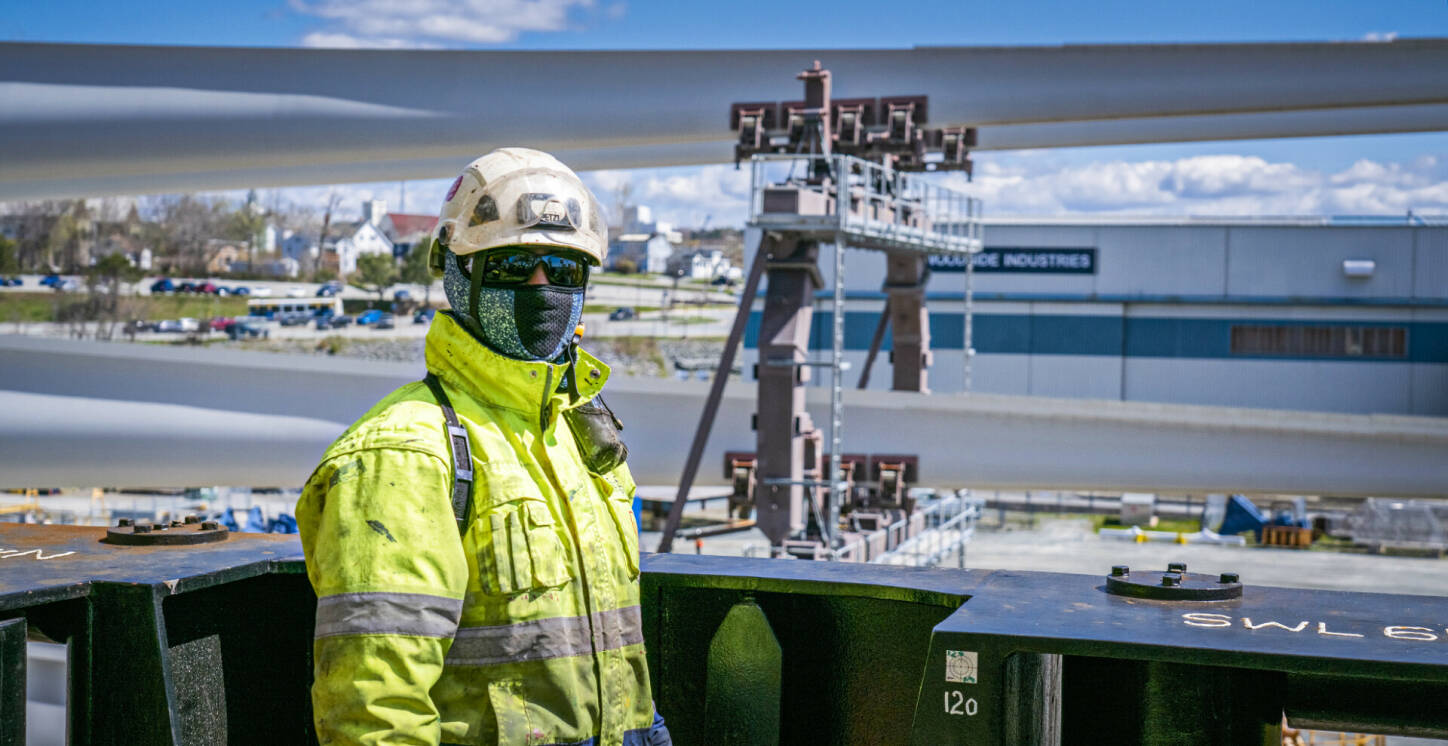

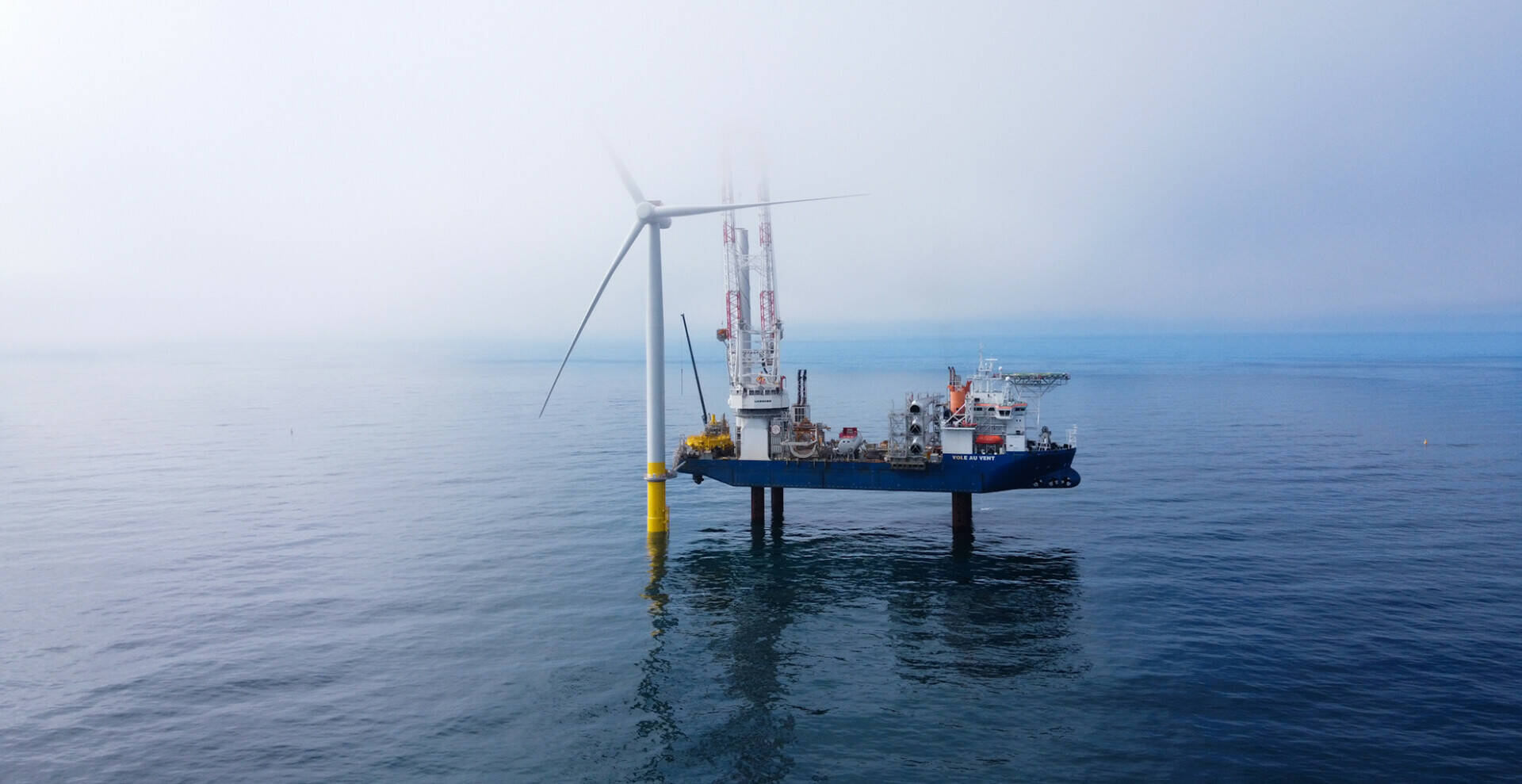
How does this first American project put Jan De Nul on track for more to come?
Bert: "As the United States are only taking their first steps in offshore renewables, we experienced a big difference in supporting services ashore. For example, the local wharf was not equipped to accommodate our heavy equipment and turbine parts. Moreover, the approach, procedures and permits are different from those in Europe. If you know that the United States want to build the equivalent of Europe in the next 15 years, this experience gives us a huge head start. We look back at a very informative period for both us and the local authorities.”


FACTS
VISIT OUR WEBSITE
Read more about Offshore Services.

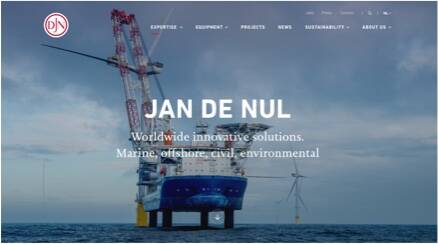
"This project perfectly illustrates our mindset: we never say ‘no’ to a good challenge."
New surveying technique for the monopiles
The Coastal Virginia Offshore Wind project gave us the opportunity to apply our new automated surveying technique for the positioning of monopiles. Where we used to physically measure before, we now use different cameras from different angles. This enables us to convert the images into detailed and precise 3D views. In Virginia, we used this method for the first time and succeeded in providing a safer solution to our client.
A unique project in several ways


Looking for a partner to realize your Offshore Renewables project?
Contact our Business Development Manager
Carl Heiremans
Jack-up installation vessel Vole au vent
Multipurpose vessel
Adhémar de Saint-Venant
Two first wind turbines in
U.S. Federal Waters.
Jan De Nul was responsible for the transport of both the foundations and the turbines. The jack-up installation vessel Vole au vent took care of the installation. The multipurpose vessel Adhémar de Saint-Venant carried out the complete scour protection with stones from a nearby quarry. For this Coastal Virginia Offshore Windfarm pilot project, Jan De Nul installed two wind turbines.
What were the biggest challenges in this project?
Bert: "It was a huge logistical challenge to get the equipment and people on site safely and on time. We needed to cross the Atlantic Ocean with our jack-up vessel loaded with installation equipment, and due to COVID-19, we even had to take the entire installation team on board for that 17-days trip. We meticulously monitored the weather and adjusted our route when necessary. Safety always comes first. An exceptional situation, but our customer really appreciated that we went the extra mile – literally."
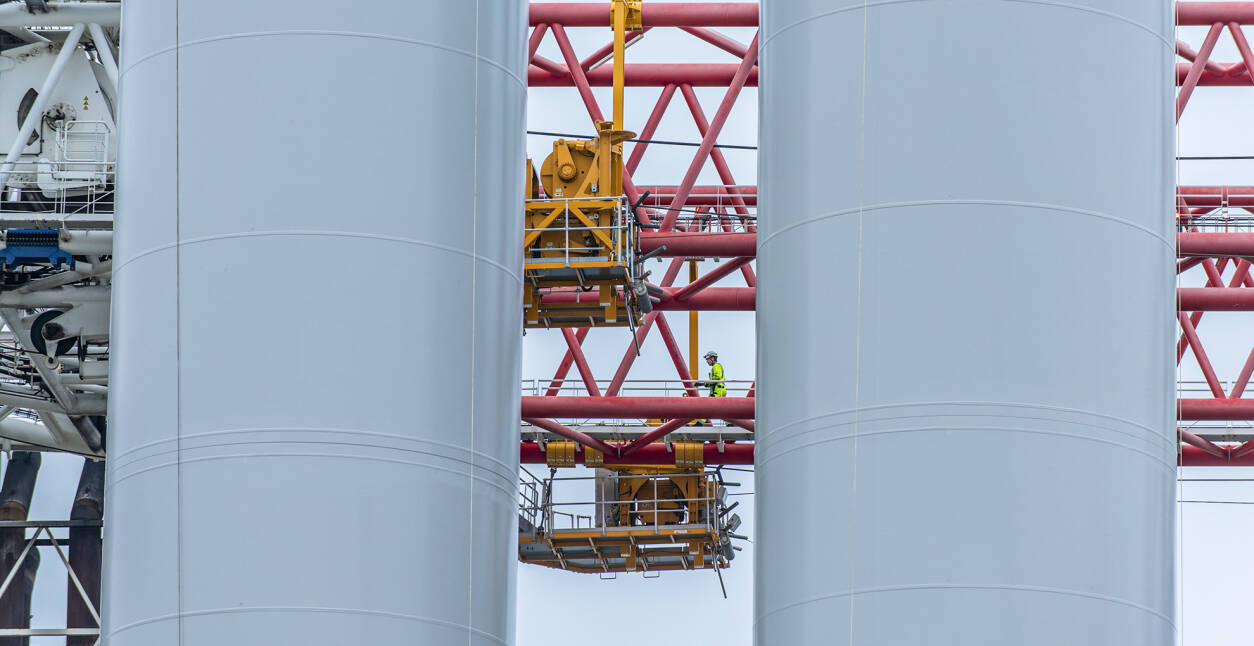
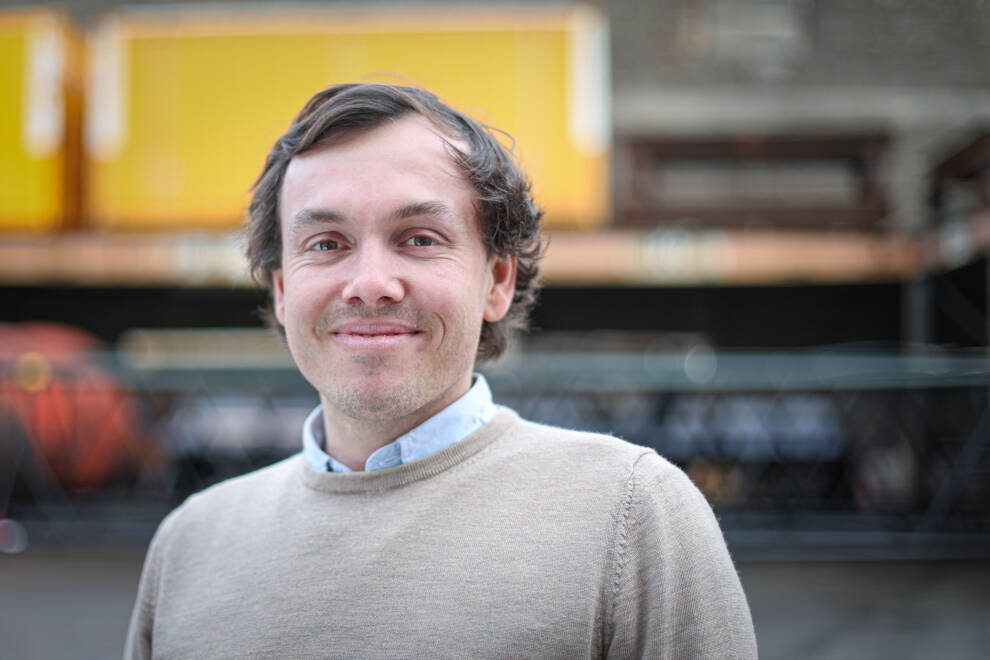
Bert Reynvoet
Project Manager
What role does Jan De Nul play in the globalisation of offshore wind?
Bert: “We help to introduce offshore wind farms in all continents. In Europe, this type of infrastructure already has a 20-year-old tradition and initiated an energy transition from fossil to renewable energy, which matches the European Union’s ambition to become climate neutral by 2050. Other regions, however, are just at the start of this evolution. Take the United States, for example. The Coastal Virginia Offshore Wind Farm is only the first American offshore wind farm to be built in federal waters. After realising a similar project in Taiwan, it’s now fair to say that we’re at the forefront of offshore wind globalisation. This project perfectly illustrates our mindset: we never say ‘no’ to a good challenge.”

GLOBALISATION IN OFFSHORE WIND
Bert Reynvoet
Project Manager
What role does Jan De Nul play in the globalisation of offshore wind?
Bert: “We help to introduce offshore wind farms in all continents. In Europe, this type of infrastructure already has a 20-year-old tradition and initiated an energy transition from fossil to renewable energy, which matches the European Union’s ambition to become climate neutral by 2050. Other regions, however, are just at the start of this evolution. Take the United States, for example. The Coastal Virginia Offshore Wind Farm is only the first American offshore wind farm to be built in federal waters. After realising a similar project in Taiwan, it’s now fair to say that we’re at the forefront of offshore wind globalisation. This project perfectly illustrates our mindset: we never say ‘no’ to a good challenge.”

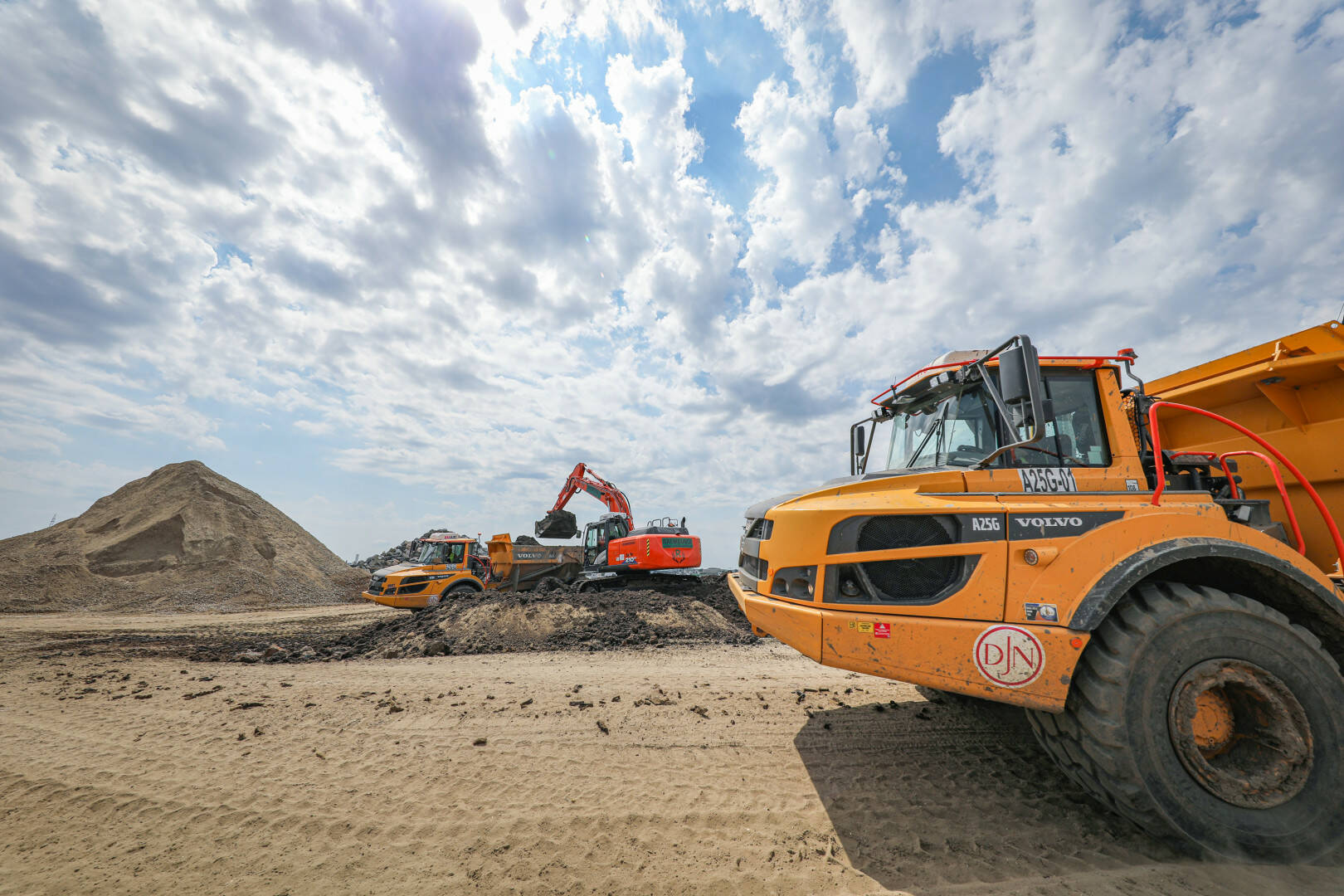
Two first wind turbines in
U.S. Federal Waters.
Jan De Nul was responsible for the transport of both the foundations and the turbines. The jack-up installation vessel Vole au vent took care of the installation. The multipurpose vessel Adhémar de Saint-Venant carried out the complete scour protection with stones from a nearby quarry. For this Coastal Virginia Offshore Windfarm pilot project, Jan De Nul installed two wind turbines.
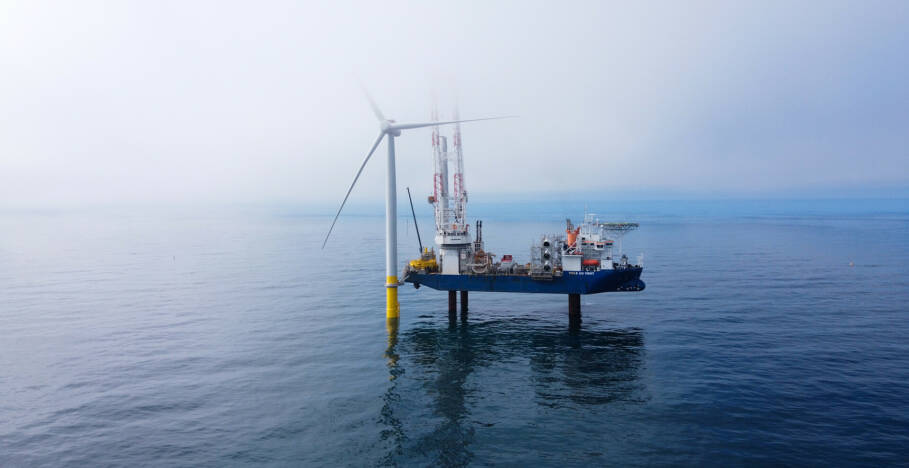



Looking for a partner to realize your Offshore Renewables project?
Contact our Business Development Manager
Carl Heiremans
"This project perfectly illustrates our mindset: we never say ‘no’ to a good challenge."

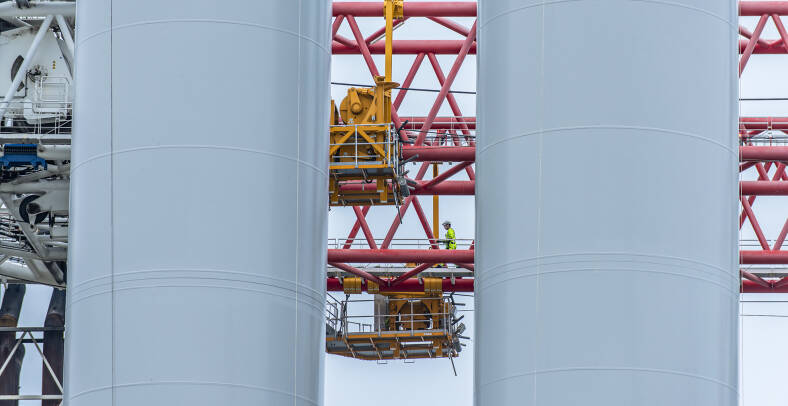
What were the biggest challenges in this project?
Bert: "It was a huge logistical challenge to get the equipment and people on site safely and on time. We needed to cross the Atlantic Ocean with our jack-up vessel loaded with installation equipment, and due to COVID-19, we even had to take the entire installation team on board for that 17-days trip. We meticulously monitored the weather and adjusted our route when necessary. Safety always comes first. An exceptional situation, but our customer really appreciated that we went the extra mile – literally."
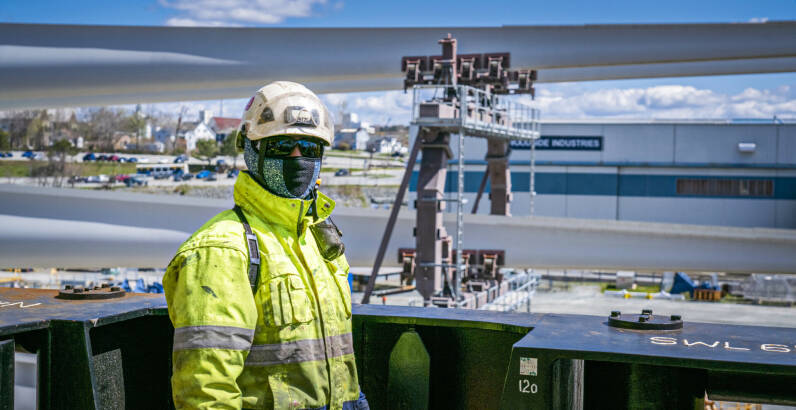
How does this first American project put Jan De Nul on track for more to come?
Bert: "As the United States are only taking their first steps in offshore renewables, we experienced a big difference in supporting services ashore. For example, the local wharf was not equipped to accommodate our heavy equipment and turbine parts. Moreover, the approach, procedures and permits are different from those in Europe. If you know that the United States want to build the equivalent of Europe in the next 15 years, this experience gives us a huge head start. We look back at a very informative period for both us and the local authorities.”

New surveying technique for the monopiles
The Coastal Virginia Offshore Wind project gave us the opportunity to apply our new automated surveying technique for the positioning of monopiles. Where we used to physically measure before, we now use different cameras from different angles. This enables us to convert the images into detailed and precise 3D views. In Virginia, we used this method for the first time and succeeded in providing a safer solution to our client.
A unique project in several ways

FACTS
VISIT OUR WEBSITE
Read more about Offshore Services.

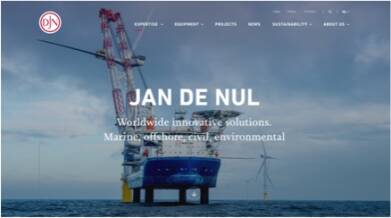
Jack-up installation vessel Vole au vent
Multipurpose vessel
Adhémar de Saint-Venant


